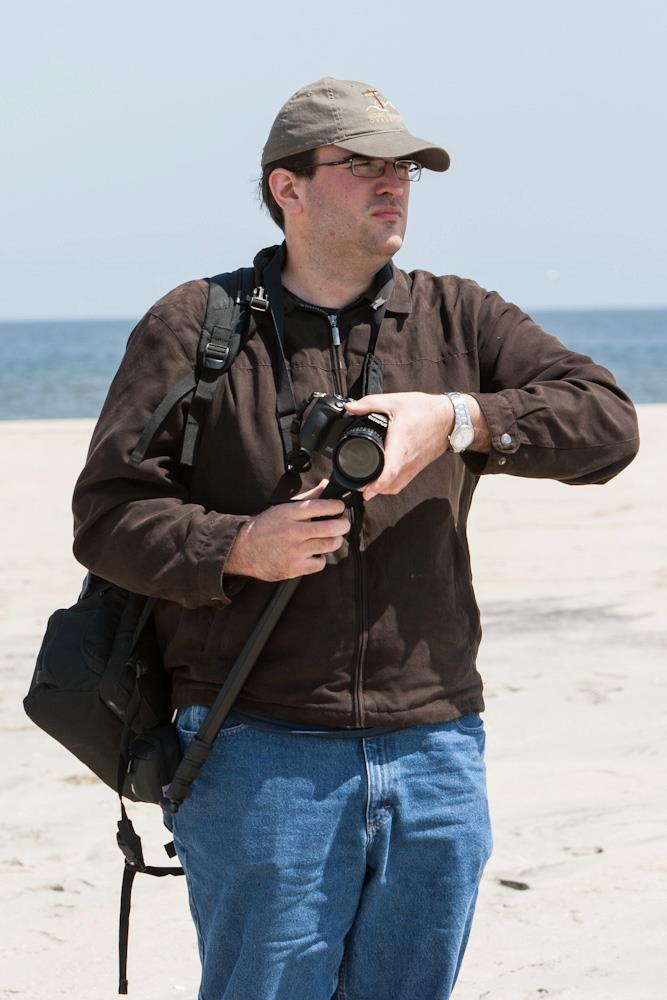 |
Dr. Mark Miller |
| About Mark: Mark is a research professor in Rutgers Department of Environmental Sciences and is the acting EOAS Director. Comprehensive data sets and a thorough understanding of Global Climate Model process-level physics are the tools used in Dr. Miller’s research group to interpret regional climate change. Radiation throughput within the Earth’s cloud systems is a particular focus. They investigate cloud systems ranging from the marine stratocumulus and trade wind cumulus that are present over the world’s oceans to the deep convection that is observed in continental tropical areas such as the West African Sahel and the Amazon Rainforest. Each of the Earth’s cloud systems responds to a different balance of forcing mechanisms and is thus expected to produce different feedbacks within a changing climate system. Clouds such as marine stratocumulus are thought to be susceptible to the concentration of anthropogenic aerosols (pollution), which serve as Cloud Condensation Nuclei (CCN). When significant concentrations of anthropogenic CCN are present and background meteorological conditions are favorable, clouds embedded within a polluted air mass may become brighter, precipitate less, and have a longer life cycle. And many of the Earth’s cloud systems are also linked to the biosphere. The Earth’s surface may absorb or reflect more incoming sunlight depending on the nature of the land surface and its plants. Plants conducting photosynthesis uptake water from the soil and release it into the atmosphere where it may be carried aloft in thermals and enhance cloudiness. This enhanced cloudiness increases the reflection of incoming sunlight that would otherwise have reached the Earth’s surface and in so doing establishes a feedback loop between the atmosphere and the biosphere. The exact nature of the cloud feedbacks within the Earth’s cloud systems is still uncertain, which is our grand research challenge. | |
 |
Matthew Drews |
| About Matthew: Matt is a graduate student pursuing a Masters in Atmospheric Sciences from Rutgers University. Upon graduating from Rutgers with a Bachelor's of Meteorology in 2012, he developed a strong interest in atmospheric ground observation and instrumentation through work in Mark Miller's lab group. Starting in 2013, Matt began work with Mark to revitalize the PAM Site into a state-of-the-art research station, with hopes to use the equipment at the site in his Masters thesis to analyze the suburban/urban atmosphere of Central New Jersey. | |